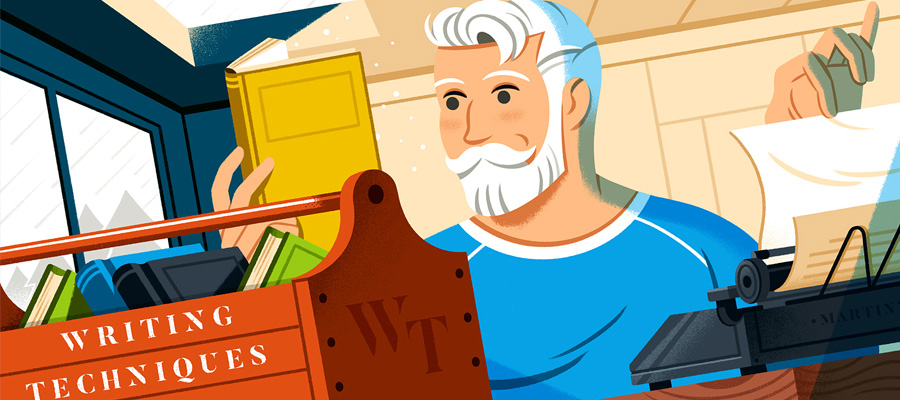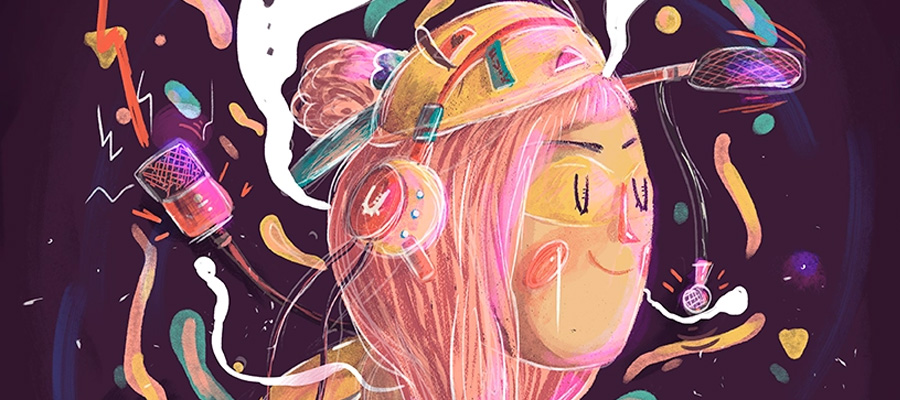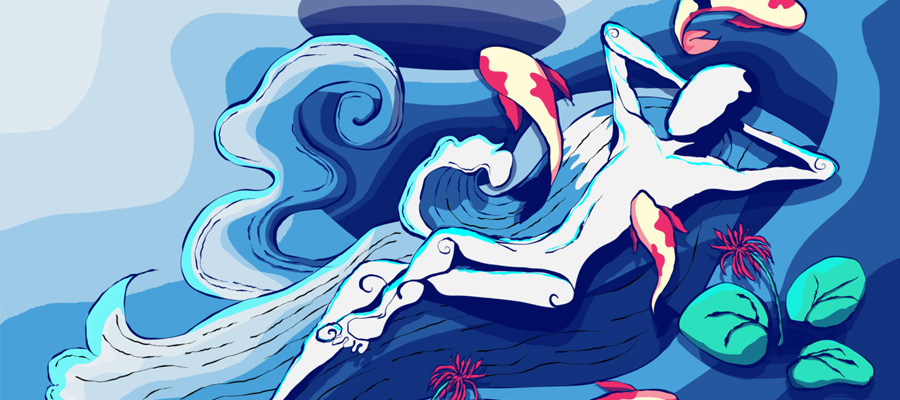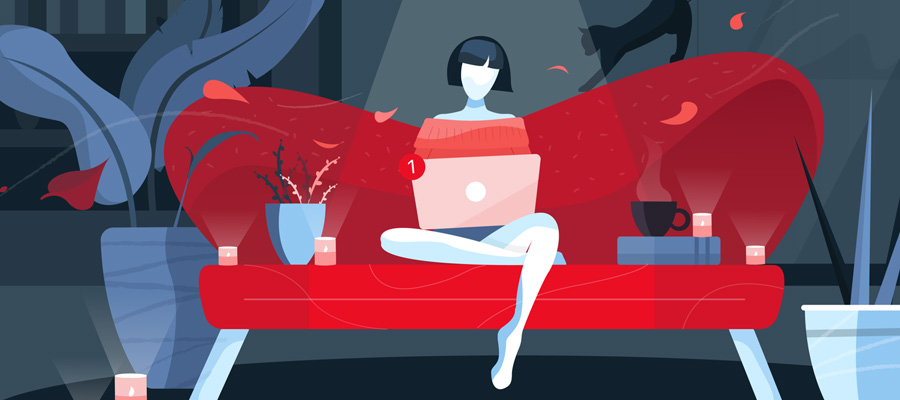Nowadays, content marketing is one of the most effective ways of building and keeping an audience for just about anything. A passion project, a hobbyists playground, a business. Having well written, informative, and entertaining content is a great way to keep people coming back. But it’s not all down to the information presented, either. Style has a huge impact on writing, from the look to the voice and all the surroundings. Make sure you’re not driving people away from content they’d enjoy if only it had been presented a bit better.

Make it beautiful to read
Having content that’s understandable is essential. But let it be known that there’s plenty of overlap between blog audiences and lovers of typography. It might seem like a small change, but using different fonts for headings and titles can add a certain emphasis to the text itself. Buying fonts isn’t a bad investment if it helps you nail down the look of the blog. You don’t want to be using the same generic cursive text for headers that you’ll see on everything from lifestyle to cooking blogs. Nor do you want to be forced to rely on some almost comedically bad fonts like Comic Sans. Find a unique way to present the text itself.

Have a voice
Your mileage may vary with this tip depending on what kind of content you’re producing. If you’re writing directions and tutorials, then you absolutely want to keep the style of the writing basic and purely informative. Otherwise, however, you shouldn’t be afraid to add a hint of personality into your writing. If you’re a hobbyist, for instance, then be willing to add humor, enthusiasm, and even a bit of cynicism in the right places. If you’re writing posts directly to your readers, then don’t be afraid to spice it up with a little use of the right computer symbols. Emoticons, emojis, and the like are an easy way to create some sort of shared culture with your readers. Just don’t overuse them or people will start to resent them entirely.

Create some context
The content absolutely should fit the design of the site in its entirety. If you’re running a blog, take the same approach to templates as you do to fonts. Be willing to search a little harder or even pay a little in order to get a look to your site that stands out from the rest. For instance, if you’re running a food blog, then play around with templates that incorporate food, kitchen imagery, or even designs that make the site look like a fancy restaurant menu. Those three examples, even though they’re all related to food, create drastically different contexts. The right templates and site aesthetic choices set the mood for the content. Just as the images you use will act almost as a second header, introducing the subject you’re tackling next.
You need to know the strengths of your content and use a design around it. It’s a good idea to check out some of your popular competitors and see how they use presentation to dress up even some of their sub-par content.




















